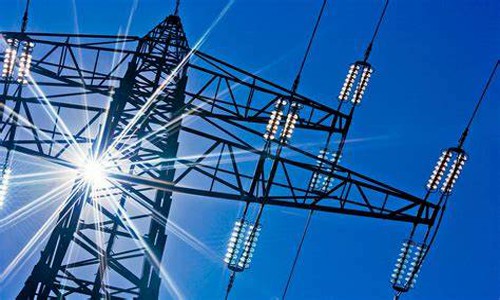What's the Photovoltaic power generation?
Photovoltaic power generation is based on the Photovoltaicvolts effect, using solar cells convert sunlight directly into electricity. Either independent or connected to the grid, photovoltaic power generation system is mainly composed of solar panels (components), controller and inverter of three parts, they are mainly made up of electronic components, does not involve the use of mechanical parts.
The power conversion source is via photovoltaic modules that convert light directly to electricity. This differs from the other large-scale solar generation technology, concentrated solar power, which uses heat to drive a variety of conventional generator systems. Both approaches have their own advantages and disadvantages, but to date, for a variety of reasons, the PV-based systems have seen much wider use in the field. As of 2013, PV systemsoutnumber concentrators by about 30 to 1.
Photovoltaic power stations are typically rated[1] in terms of the DC peak capacity of the solar arrays, in mega watt-peak (MWp), or of the nominal maximum AC output in megawatts (MW) or mega volt-amperes (MVA). Most solar parks are developed at a scale of at least 1 MWp. The largest operating photovoltaic power stations have capacities of hundreds of MWp; projects up to 1 GWp are planned. The cumulative worldwide capacity of plants of 4 MWAC and over as at the end of 2013 was reported to be 21 GW.
Most of the existing large-scale photovoltaic power stations are owned and operated by independent power producers, but the involvement of community- and utility-owned projects is increasing. To date, almost all have been supported at least in part by regulatory incentives such as feed-in tariffs or tax credits, but capital costs have fallen significantly in the last decade and are expected to progressively reach grid parity, when external incentives may no longer be required.
